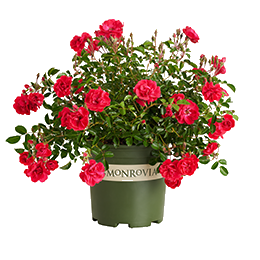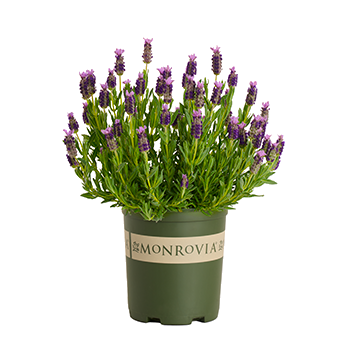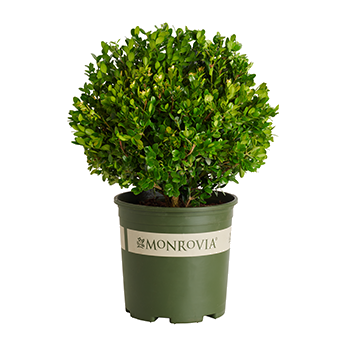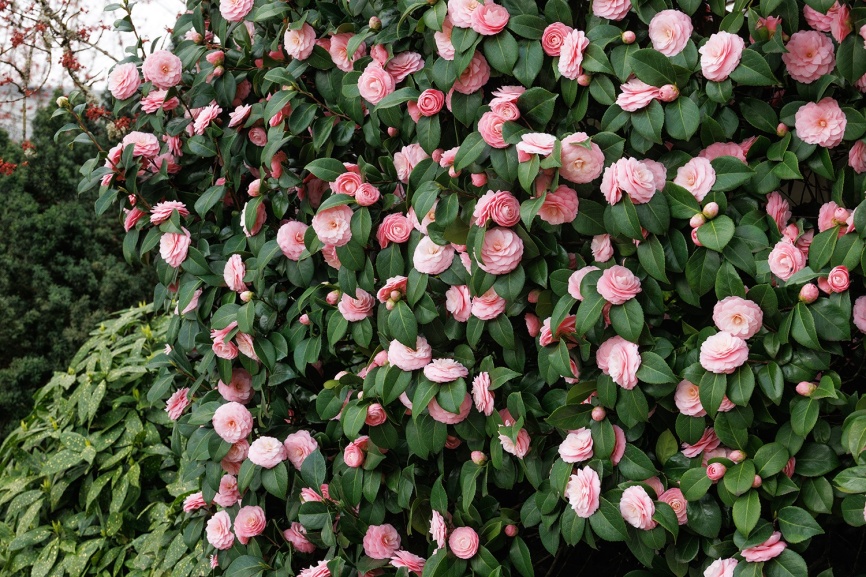You're growing in this Zip Code:
Change LocationDiscover Plants for Your Area
Sawtoothed Japanese Aucuba
Aucuba japonica 'Serratifolia'
Retailers Near You
| Description | Broad-leaved evergreen shrub valued for its long dark green leaves with sharply serrated edges. Produces showy red berries in fall when a male pollenizer such as 'Mr. Goldstrike' is planted nearby. Bold upright stems. An excellent accent for shady situations. |
|---|---|
| Bloom Time | Inconspicuous |
| Deciduous/Evergreen | Evergreen |
| Problems/Solutions | Coastal Exposure, Rabbit Resistant |
| Growth Rate | Slow |
| Growth Habit | Rounded |
| Landscape Use | Border, Container |
| Design Ideas | With its unique, jagged-edge foliage and fall display of red berries, this shrub is an excellent shade-loving accent plant. Consider planting two or three along a foundation wall that is regularly in shadow. Both sexes must be planted to ensure fruit crop. |
| Flower Color | Purple |
| Foliage Color | Dark Green |
| Companion Plants | Sarcococca (Sarcococca); Peony (Paeonia); Ostrich Fern (Matteuccia); Bleeding Heart (Dicentra); Azalea (Azalea) |
| Care Instructions | Thrives in organically rich, evenly moist, well-drained soils. Water deeply and regularly during the first growing season to establish an extensive root system. Once established, reduce frequency; tolerates dry conditions in cooler summer climates. Feed with a general purpose fertilizer before new growth begins in spring. |
| Description | Broad-leaved evergreen shrub valued for its long dark green leaves with sharply serrated edges. Produces showy red berries in fall when a male pollenizer such as 'Mr. Goldstrike' is planted nearby. Bold upright stems. An excellent accent for shady situations. |
|---|---|
| Bloom Time | Inconspicuous |
| Deciduous/Evergreen | Evergreen |
| Problems/Solutions | Coastal Exposure, Rabbit Resistant |
| Growth Rate | Slow |
| Growth Habit | Rounded |
| Landscape Use | Border, Container |
|---|---|
| Design Ideas | With its unique, jagged-edge foliage and fall display of red berries, this shrub is an excellent shade-loving accent plant. Consider planting two or three along a foundation wall that is regularly in shadow. Both sexes must be planted to ensure fruit crop. |
| Flower Color | Purple |
| Foliage Color | Dark Green |
| Companion Plants | Sarcococca (Sarcococca); Peony (Paeonia); Ostrich Fern (Matteuccia); Bleeding Heart (Dicentra); Azalea (Azalea) |
| Care Instructions | Thrives in organically rich, evenly moist, well-drained soils. Water deeply and regularly during the first growing season to establish an extensive root system. Once established, reduce frequency; tolerates dry conditions in cooler summer climates. Feed with a general purpose fertilizer before new growth begins in spring. |
|---|
Retailers Near You
About Us
We have been pioneers and craftsmen in the art of growing plants for nearly
100 years. Since our founding in Southern California by Harry E. Rosedale, Sr.
in 1926, we have been absolutely dedicated and obsessed with quality.
We have been pioneers and craftsmen in the art of growing plants for nearly 100 years. Since our founding in Southern California by Harry E. Rosedale, Sr. in 1926, we have been absolutely dedicated and obsessed with quality.








